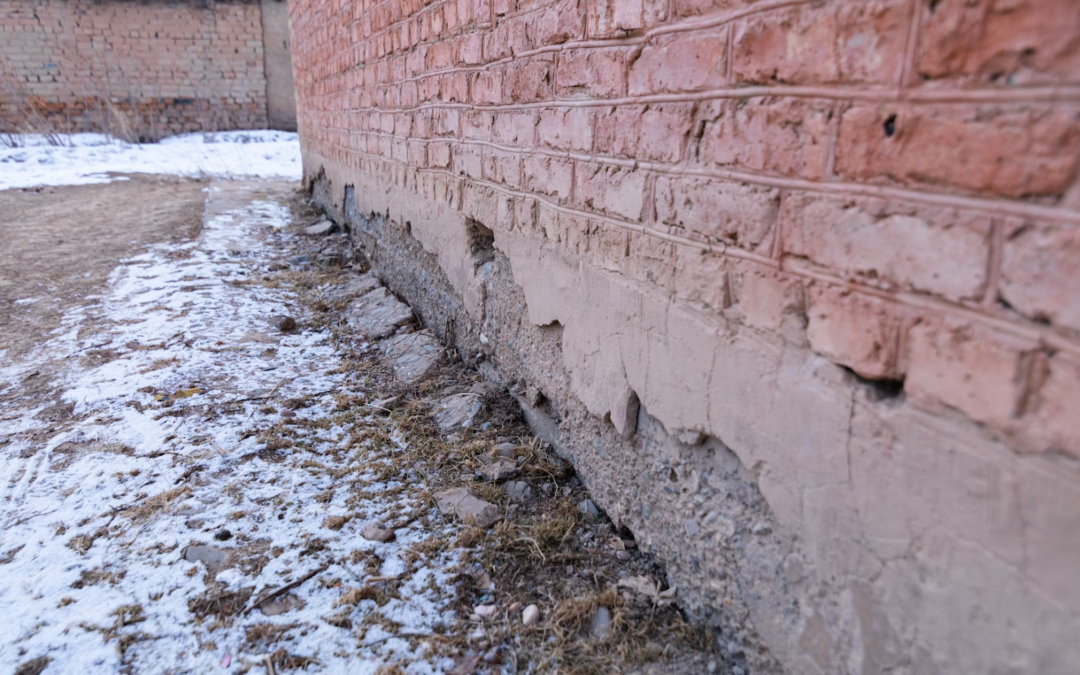Water damage can cause significant destruction to your home, resulting in costly repairs and potential health hazards. Whether caused by leaks, flooding, or natural disasters, moisture damage requires immediate attention to avoid worsening the condition. Read in for six essential water restoration tips to help mitigate damage and restore your property efficiently.
Act quickly
The longer the water sits, the more extensive the damage becomes. Standing water can weaken your building, promote mold growth, and ruin furniture and belongings. As soon as you notice water damage, take immediate action by stopping the source of the leak and then removing excess water.
Use towels, mops, or wet vacuums to soak up standing water. Consider renting an industrial dehumidifier to speed up the drying process in a severe case. Prompt action can help prevent secondary damage and reduce the cost of water damage restoration.
Ensure safety first
Water damage can create a hazardous situation, especially if electrical systems are involved. Before accessing a water-damaged area, turn off the electricity at the main breaker to prevent electrical shocks. Be sure to wear protective gear such as rubber gloves, waterproof boots, and masks to avoid exposure to contaminated water.
Consider enlisting professional cleanup services for water damage that results in flooding or sewage backup. This is because the water damage may contain harmful bacteria and toxins.
Identify and remove affected materials
Porous materials like drywall, carpeting, and insulation can absorb water quickly, resulting in long-term structural damage and mold growth. Inspect all affected areas and remove water-damaged materials that cannot be salvaged. Consider cutting out and replacing drywall that has been soaked beyond repair. You should also remove and discard carpets and padding. Dry and treat wooden furniture and structural elements to prevent warping and decay.
Prevent mold growth
Mold thrives in damp environments, making water-damaged areas highly susceptible to infestation. If not addressed promptly, mold can spread within 24 to 48 hours of water exposure, causing structural damage and serious health risks, including respiratory issues and allergies. To prevent mold growth, ensure proper ventilation by opening windows and using fans and dehumidifiers. Dry all affected areas thoroughly and disinfect them with antimicrobial solutions to kill mold spores.
Even after restoration, continue monitoring for musty odors, surface discoloration, or allergic reactions, which may indicate hidden mold. If mold does appear, consult a professional to remove and treat the affected areas safely.
Document the damage
Proper documentation of the water damage is critical for filing an insurance claim and planning the restoration. A detailed record helps prove the extent of the damage and ensures you receive the appropriate compensation. Here’s how to effectively document water damage:
- Take clear photos and videos: Visual evidence is crucial for insurance claims. Take high-quality photos and videos of all affected areas, including walls, ceilings, roofs, floors, and damaged belongings. You could even record the depth of standing water using a ruler or another measurable object for reference.
- List damaged items and their value: Create a detailed inventory of affected items, including furniture, electronics, appliances, and personal belongings. For each item, document the brand, model, purchase date, estimated value and receipts, and the extent of the damage.
- Keep a written log of events: Maintain a timeline, noting when the damage occurred, how long your home was exposed to water, and the actions taken for mitigation.
- Obtain professional assessment report: If you liaise with a contractor, plumber, or water damage restoration expert to evaluate the damage, ensure they provide you with a written report. This can support your claim and provide an official assessment of the cause of the damage and the severity of electrical and structural issues. A professional evaluation can help you determine appropriate plumbing repairs and estimated costs.
Understand the cost of water damage restoration
Restoring water damage can be expensive, depending on the severity and extent of the damage. The damage restoration cost is determined by the type of water involved (clean, gray, or black water), the affected area’s size, and the required repairs. Minor water damage may cost a few hundred dollars, while extensive damage requiring structural repairs and mold removal can cost thousands. Check your homeowner’s insurance policy to see if water damage is covered, and work with a reputable restoration company that provides transparent pricing and detailed estimates.
Endnote
Water damage recovery is a time-sensitive process that requires immediate action. Be sure to act quickly, ensure safety, remove affected materials, prevent mold growth, document damage, and understand the restoration cost to reduce damage and restore your property effectively. If the damage is severe, seek professional assistance to ensure a thorough and efficient recovery process.

Recent Comments